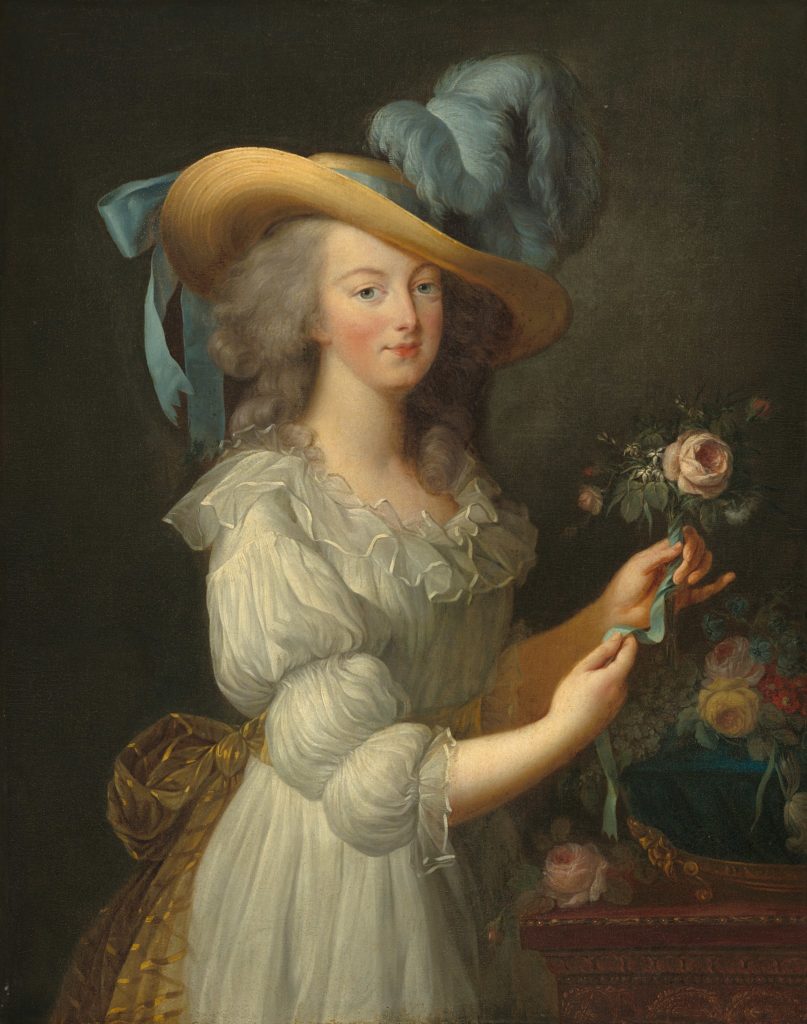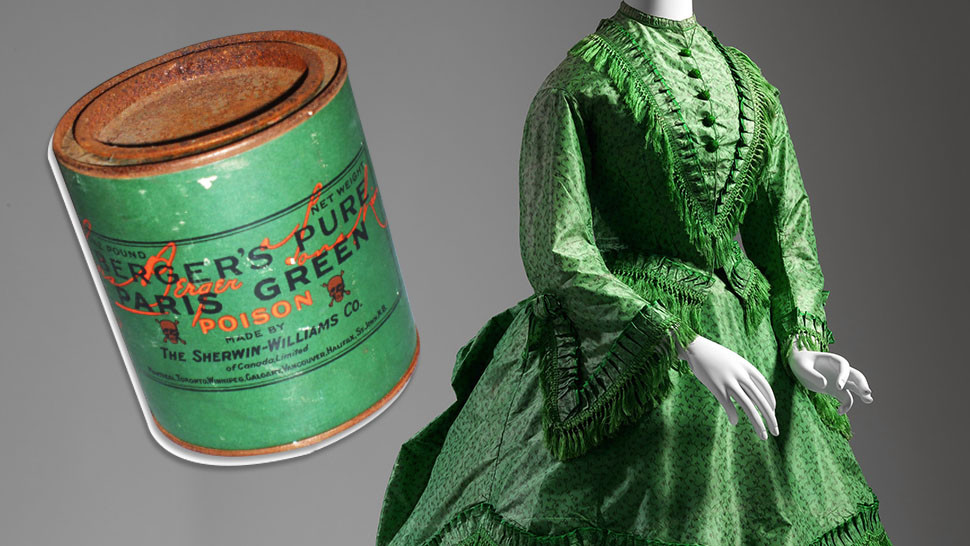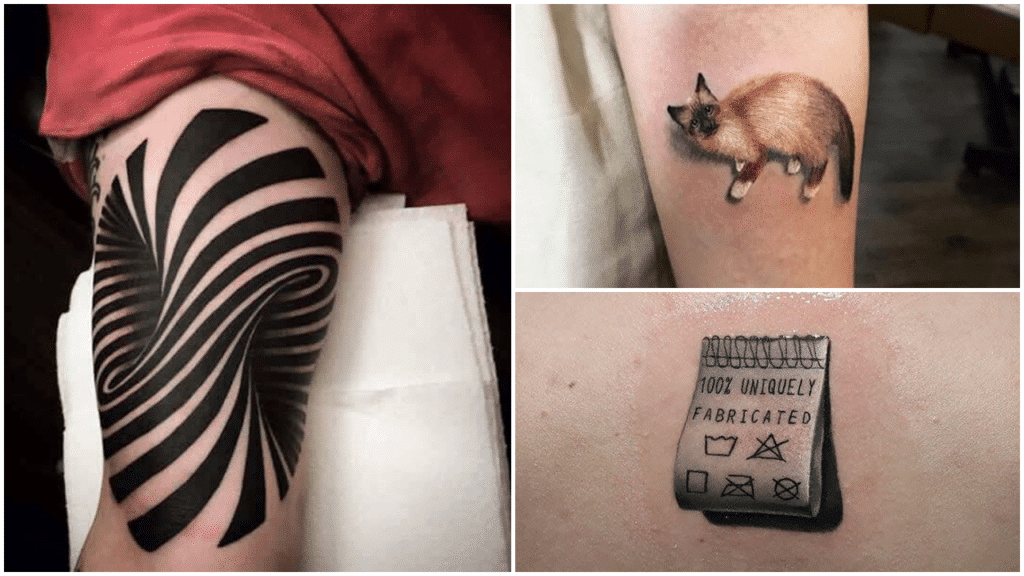Most of us can probably get ready in the morning and not have to worry that the textiles we’re putting on our bodies will, you know, kill us. In general, we typically don’t have to worry that for any reason our outfits would cause us any harm (other than receiving too many stares or compliments). If this was the Victorian era (yeah, yeah, we wouldn’t be reading from a screen if we were in the Victorian era, but bear with us as we’re making a point), our clothing killing us could very well be something we would have to worry about. We’ll explain further.
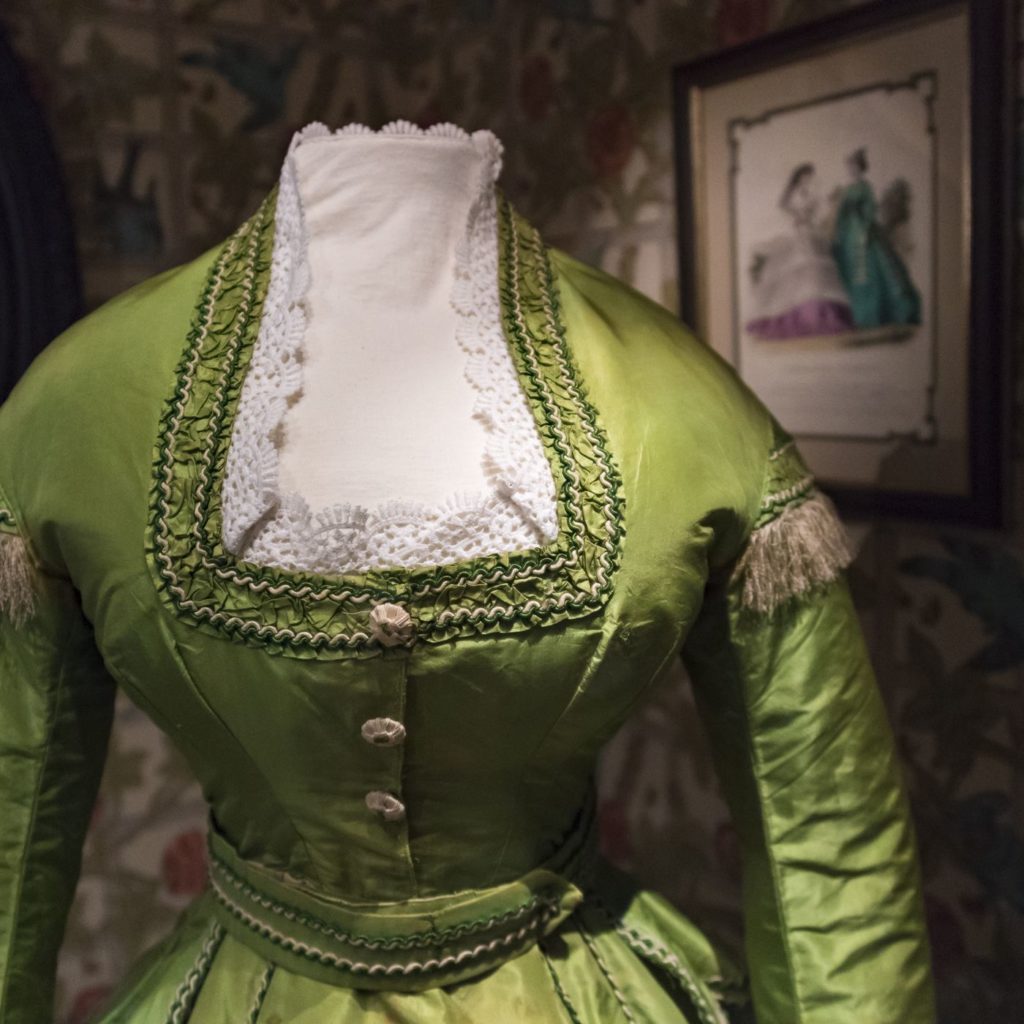
Arsenic
During the mid-1800s, the most sought-after color for garments, accessories, and even home decor was a particular shade of green (If you’ve ever toured a historic mansion, you know just the shade). To concoct this color to be used for garments and accessories, both copper and arsenic trioxide had to be mixed. Nowadays, we know that certain precautions must be taken before touching any type of chemical; however, at the time, this green concoction was made with bare hands. To put all of this into perspective, the average headdress contained enough arsenic to poison twenty people.
Symptoms of poisoning included vomiting green water, eyes turning green, seeing green, convulsions, blindness, sores, and foaming of the mouth, nose, and eyes. It wasn’t until the late 19th – early 20th century that arsenic was restricted within the fashion industry!
Crinoline
Crinoline was used during the mid-1800s to make women’s skirts appear fuller, however, this textile was also responsible for approximately three deaths per week. As it turns out, the crinoline was highly flammable and worn during a time when homes were full of candles for both light and heat sources. One can do that math that a highly flammable garment plus open flames equal disaster. The crinoline being worn would quickly catch fire and women would not be able to get out of their clothes quickly enough and would, in turn, burn to death.
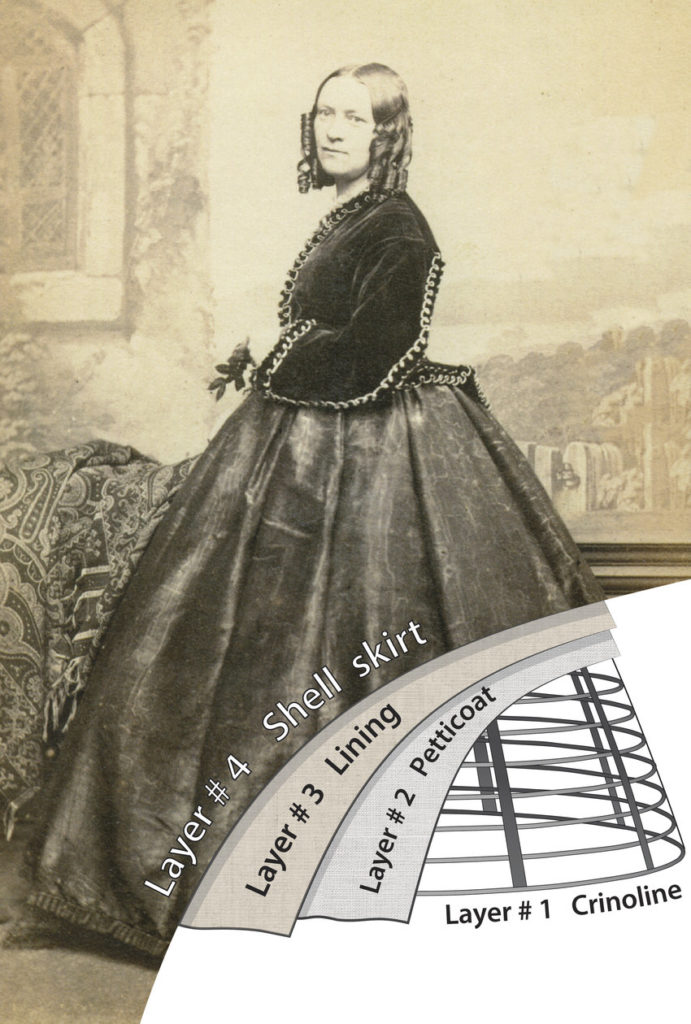
Mercury
If you’re a history buff at all, you know that mercury is everywhere, in the sense that it feels like it took a long time for people to realize it shouldn’t be trifled with. From the late 1800s to the early 1900s, it was a common practice for hat makers to use mercury to ensure fur stuck to hats. However, prolonged exposure to mercury caused trembling and severe mental disorders. If you’ve been thinking it, we’re here to confirm, this is in fact where the term “mad as a hatter” comes from!
Muslin
Here’s a doozy for you, muslin dresses used to be considered quite scandalous since women would often wet their dresses before leaving their home solely to show off their figure. Not so surprisingly during the fall and winter seasons, this often led to pneumonia which led to many deaths back in the day. So, we all have something to say about current fashion trends, but the next time you’re critiquing the fashion world, just remember: things could be much worse.
